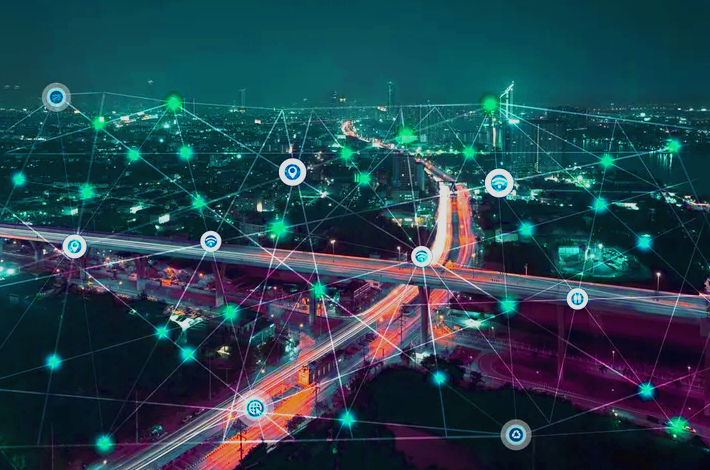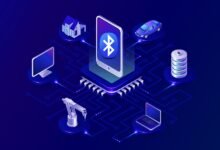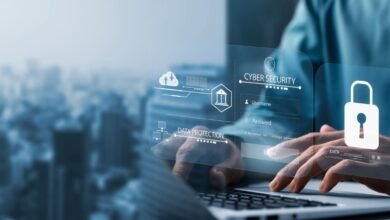
The Internet of Things (IoT) has transformed the way we live, work, and interact with the world around us. From smart homes to industrial applications, IoT has become an integral part of our daily lives. In this article, we will explore the trends and innovations shaping the IoT landscape and discuss strategies for navigating this complex and dynamic ecosystem.
Navigating the IoT Landscape
In a world increasingly connected by technology, the Internet of Things refers to the network of devices embedded with sensors, software, and connectivity, allowing them to collect and exchange data. Understanding the IoT landscape is crucial as it impacts various aspects of our lives, from the devices we use at home to the efficiency of industries.
Evolution of IoT
The journey of IoT dates back to the early days of the internet, with the concept of connected devices gaining traction over the years. Milestones in IoT development include the advent of wireless communication and the standardization of protocols, paving the way for the interconnected world we experience today.
Read More : IoT Wonders Unveiled: Embracing the Future Today
Current Trends in IoT
The IoT landscape is constantly evolving, and staying updated on current trends is essential. Edge computing, 5G connectivity, IoT security, and the integration of artificial intelligence are among the key trends shaping the future of IoT.
Innovations in IoT Devices
From smart homes with automated appliances to Industrial IoT (IIoT) revolutionizing manufacturing processes, innovations in IoT devices continue to redefine the way we live and work. Healthcare applications and wearable technology further contribute to the expanding realm of IoT.
Challenges in Navigating the IoT Landscape
Despite its numerous benefits, navigating the IoT landscape comes with challenges. Interoperability issues, privacy concerns, and security challenges are key hurdles that must be addressed to ensure the smooth functioning of IoT systems.
Strategies for Successful IoT Navigation
To successfully navigate the complexities of the IoT landscape, adopting standards and protocols, encouraging collaborative development, and fostering a culture of continuous learning and adaptation are essential strategies.
IoT’s Impact on Business
The integration of IoT in business operations brings increased efficiency, enhanced customer experiences, and the emergence of new business models. Understanding and leveraging these impacts is crucial for businesses seeking to thrive in the digital age.
Case Studies
Examining both successful IoT implementations and learning from failures provides valuable insights. Case studies offer real-world examples of the challenges and triumphs in navigating the IoT landscape.
Future Prospects of IoT
Looking ahead, the future of IoT holds promise with emerging technologies, increased integration with other industries, and a profound societal impact. Staying informed about these prospects is key to making informed decisions in the rapidly evolving landscape.
The Role of Data in IoT
Data plays a central role in IoT, driving insights and decision-making. Understanding the importance of data analytics, along with addressing data privacy and ethical considerations, is crucial for a sustainable IoT ecosystem.
Regulatory Environment
Navigating the IoT landscape also involves compliance with government regulations and industry standards. An overview of the regulatory environment helps businesses and individuals operate within legal and ethical boundaries.
Educating and Training the Workforce
Bridging the skills gap in the workforce is essential for maximizing the potential of IoT. Continuous education and training programs ensure that professionals stay adept at handling the latest developments in IoT technology.
Consumer Adoption and Awareness
Educating consumers about the benefits of IoT while addressing concerns and misconceptions is vital for widespread adoption. Building awareness fosters a positive perception and trust in IoT devices and applications.
Environmental Impact of IoT
As IoT continues to grow, addressing its environmental impact becomes imperative. Sustainable practices, such as reducing electronic waste and promoting energy-efficient devices, contribute to a more responsible IoT ecosystem.
Read More : Unleashing the Power of IoT: A Comprehensive Guide 2024
Conclusion
In conclusion, navigating the IoT landscape requires a comprehensive understanding of its trends, innovations, challenges, and future prospects. Embracing strategies for successful navigation and being mindful of the societal, business, and environmental impacts ensure a sustainable and thriving IoT ecosystem.
FAQs – Navigating the IoT Landscape
1. Q: How is IoT changing the business landscape?
A: IoT is transforming businesses by increasing efficiency, enhancing customer experiences, and introducing new business models.
2. Q: What are the key challenges in navigating the IoT landscape?
A: Challenges include interoperability issues, privacy concerns, and security challenges.
3. Q: How can individuals stay updated on IoT trends?
A: Continuous learning and staying informed about emerging technologies and industry developments are crucial.
4. Q: What role does data play in the IoT ecosystem?
A: Data is central to IoT, driving insights, decision-making, and the overall functionality of connected devices.
5. Q: How can businesses address the environmental impact of IoT?
A: Businesses can adopt sustainable practices, reduce electronic waste, and promote energy-efficient IoT devices.







